16 Grocery Items That Look Like Great Deals—But Aren’t
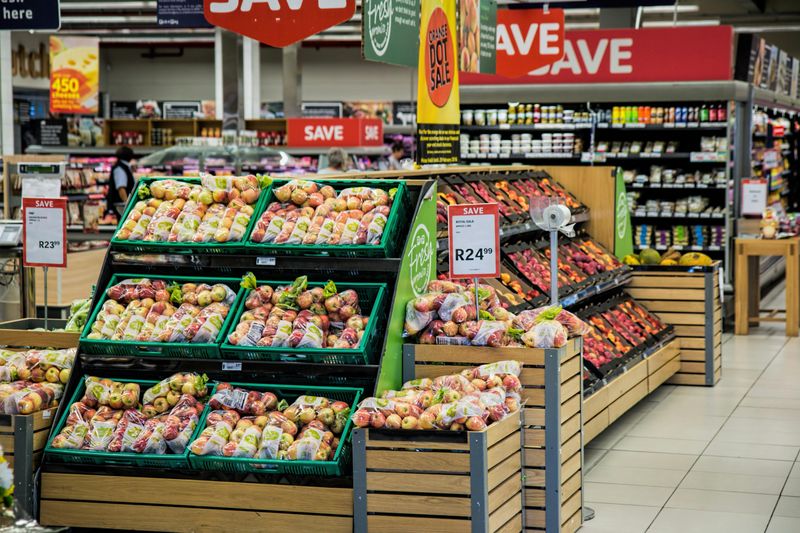
Grocery shopping can be a tricky endeavor, especially when items that seem like bargains end up costing much more than they’re worth. In this post, we delve into 16 grocery items that often deceive customers with their appealing prices, only to reveal hidden costs or lower value. Prepare to rethink what truly constitutes a deal as we explore some common pitfalls and misleading offers in the world of grocery shopping.
1. Pre-Cut Fruits and Vegetables
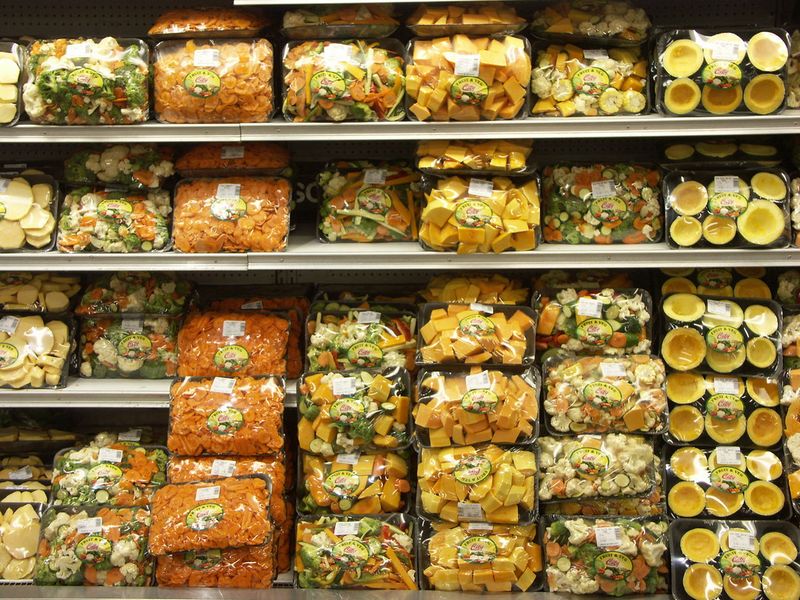
Chopping your own produce might take a few extra minutes, but it can save you a surprising amount of money. Pre-cut fruits and veggies are often marked up by as much as 300% compared to their whole counterparts.
Not only do you pay more, but pre-cut produce also tends to spoil faster due to its exposure to air. You’re essentially paying more for less freshness and less shelf life. If you’re serious about stretching your grocery dollars, invest in a good knife and a cutting board—and skip the chopped melon trays.
2. Multi-Pack Snack Bags
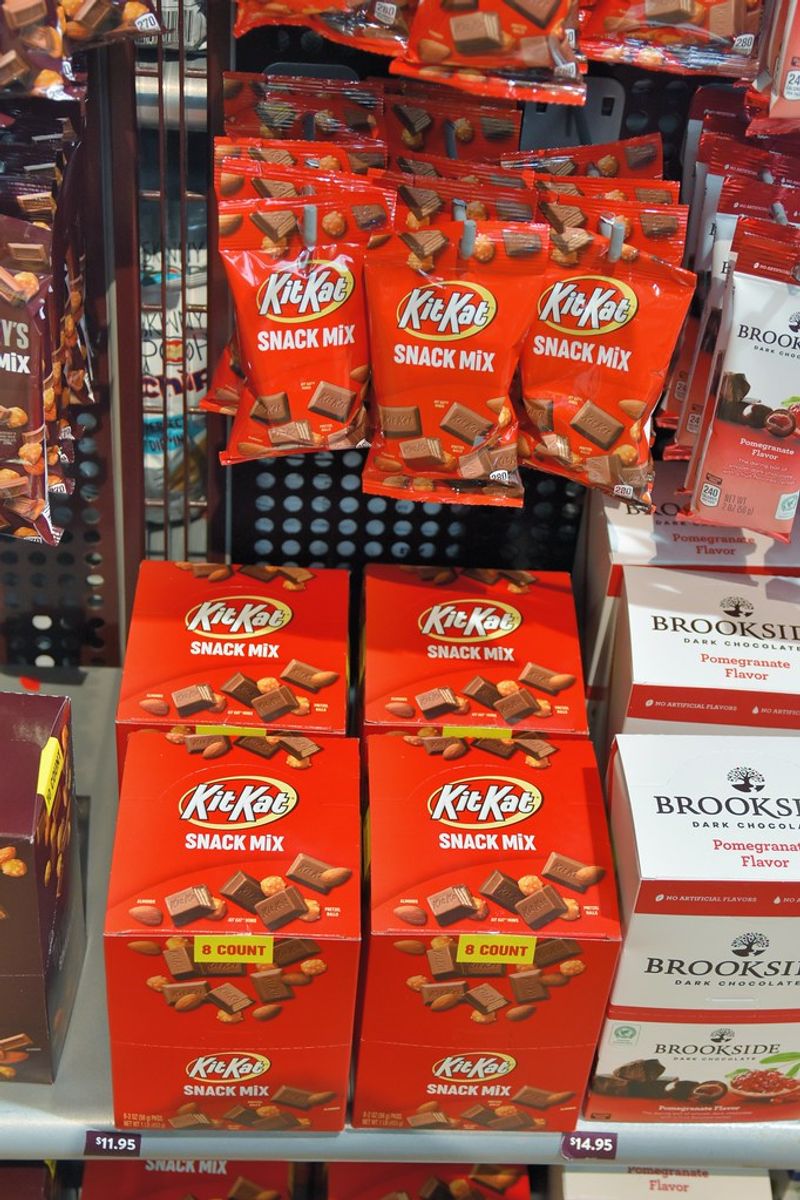
Tiny snack-sized bags might look perfect for portion control or kids’ lunches, but they often come at a premium. These convenient mini packs cost significantly more per ounce than a full-sized bag of the same product.
What you’re really paying for is extra packaging—and that adds up quickly. Instead, consider buying the large bag and portioning it into reusable containers at home. It’s better for your budget and the environment.
3. Buy-One-Get-One-Free (BOGO) Offers
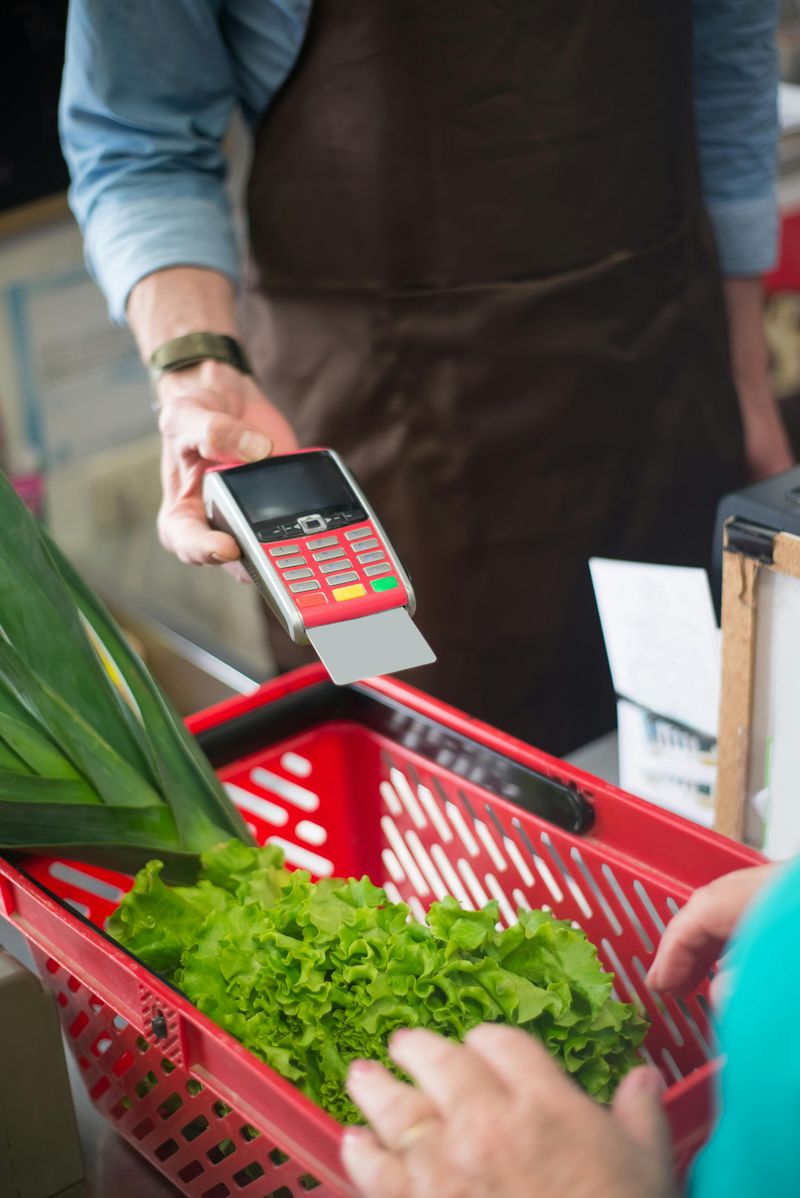
BOGO promotions are designed to get you excited, but they’re not always the steal they appear to be. Retailers often raise the base price before offering the “free” item.
Unless you were planning to buy two of the product anyway, it’s easy to end up with excess food you won’t use. The real trick is checking unit prices and comparing with other brands—BOGO might not even be the lowest-cost option on the shelf.
4. “Family Size” Packs of Meat
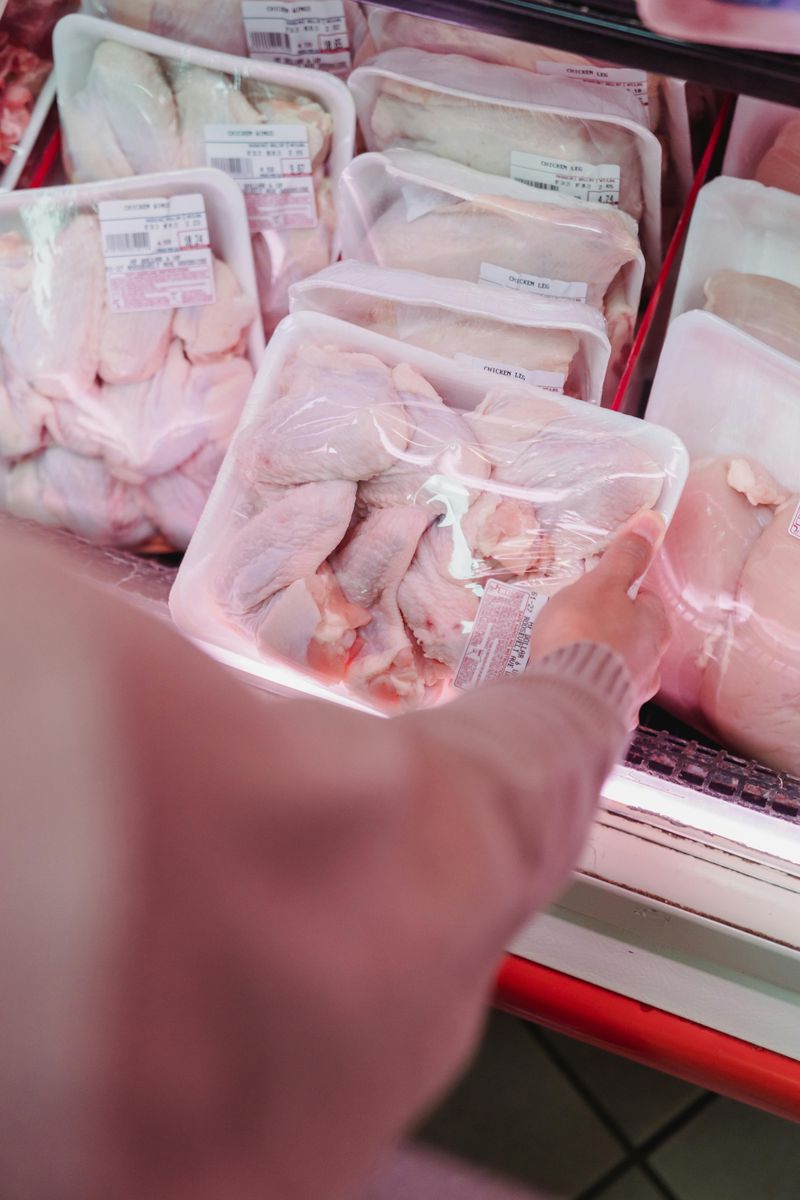
Grabbing a big pack of meat with a “family size” label feels like a win—but don’t assume the price per pound is lower. Retailers sometimes use this label more as a marketing tactic than an actual discount.
If you don’t have a large household or enough freezer space, you may end up tossing expired portions. Always check the per-pound price before loading up, and make sure you can properly store what you buy.
5. Flavored or Pre-Marinated Meats
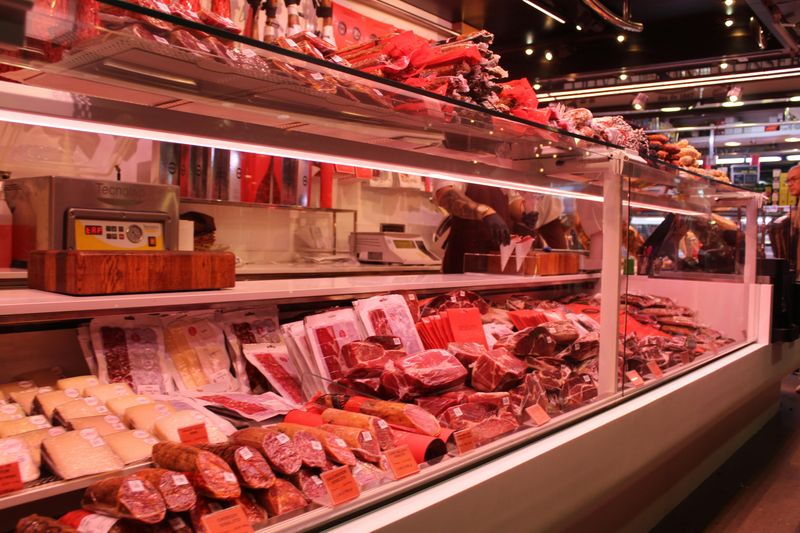
Seasoned chicken breasts and marinated pork loins look delicious and ready to cook—but that flavor comes at a cost. These products are often injected with brine, preservatives, and low-cost seasonings to justify higher prices.
Even worse, the added liquid can make the meat soggy or less flavorful once cooked. Buying plain cuts and seasoning them yourself is not only cheaper—it gives you full control over taste and ingredients.
6. Endcap “Sales” Displays
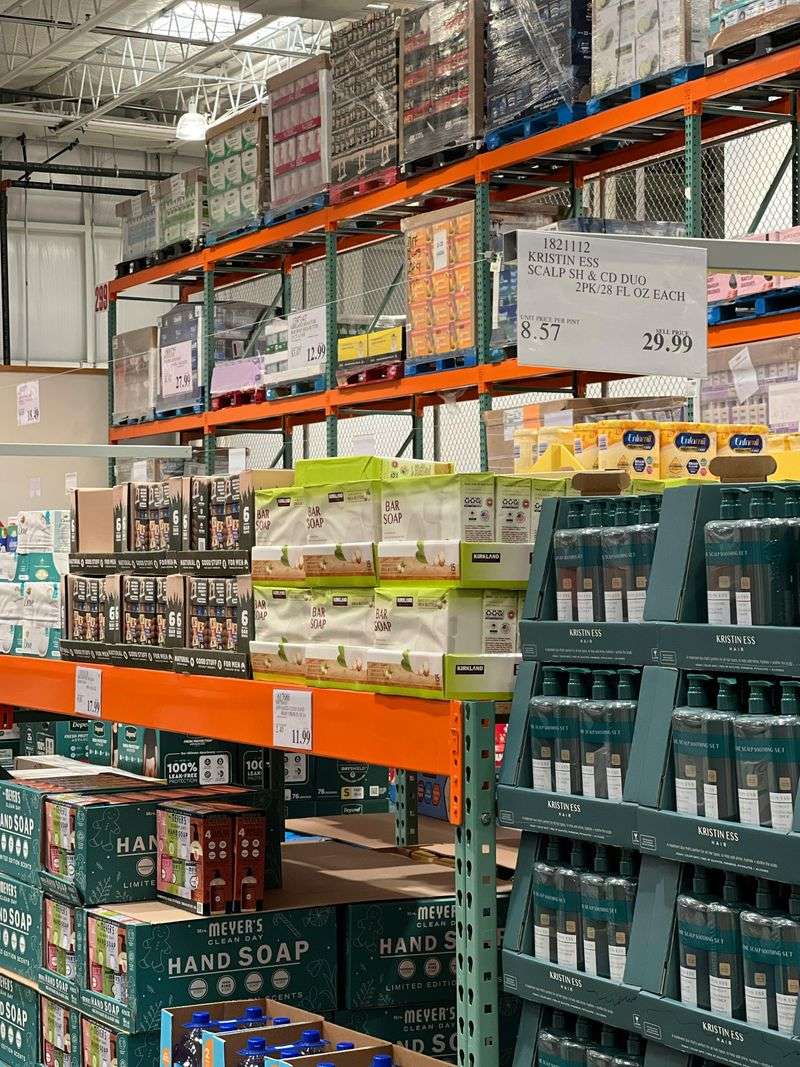
That eye-catching display at the end of the aisle might grab your attention, but it’s often just a regular-priced item placed in a high-traffic area. Endcaps are marketing tools, not always savings zones.
Unless the item has a clear markdown with the original price displayed, don’t assume it’s a deal. Take a few steps down the aisle to compare with similar items and check unit prices. You might find better value further in.
7. Bottled Cold Brew or Iced Coffee
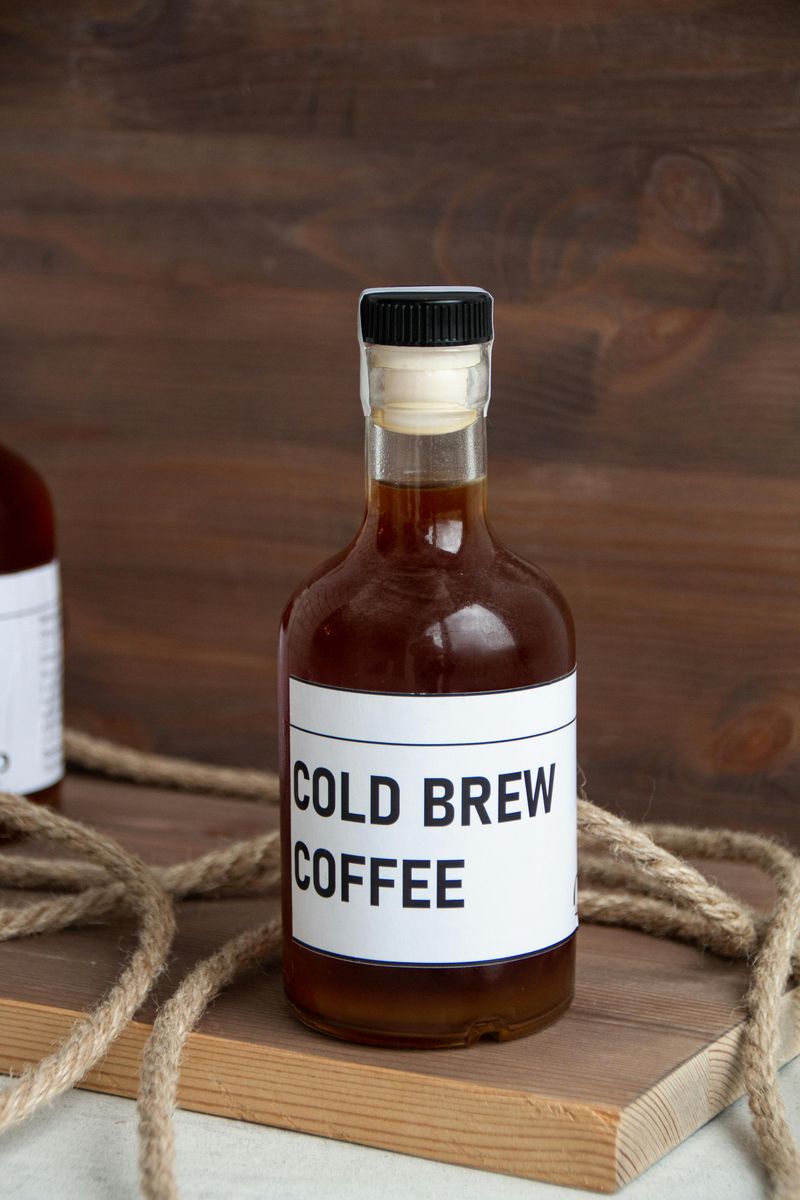
Grabbing a ready-to-drink cold brew from the fridge is convenient, especially during hot weather. But that bottle often costs as much as an entire bag of ground coffee.
You’re mostly paying for water, packaging, and branding. Making your own iced coffee at home can be just as delicious and dramatically cheaper. All it takes is a little prep and a jar in your fridge overnight.
8. Organic Junk Food

Just because it says “organic” doesn’t mean it’s healthy—or a good deal. Organic potato chips, cookies, or soda still contain sugar, salt, and fat, just with a higher price tag.
Many shoppers are misled by the label into thinking they’re making a smarter choice. In truth, you’re often paying double for products that are just as processed and addictive as their non-organic versions. Stick to organic for fresh produce and staples, not junk food.
9. Store-Baked Goods
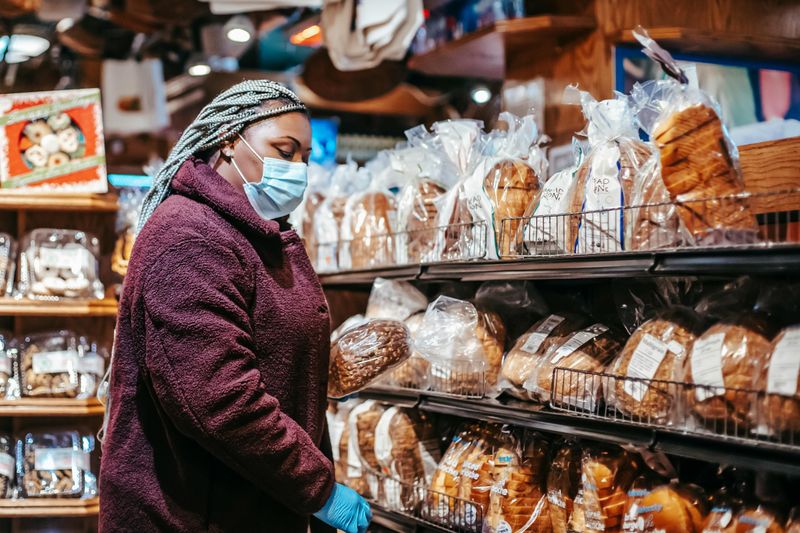
Those muffins and loaves in the “freshly baked” section look homemade, but many are shipped in frozen and simply warmed up onsite. The packaging may say “made in store,” but that doesn’t mean made from scratch.
These items often cost more than packaged baked goods and can go stale quickly. Unless it’s from a bakery you trust, don’t let the display case fool you—homemade or local bakery options might offer better taste and value.
10. Frozen Smoothie Kits
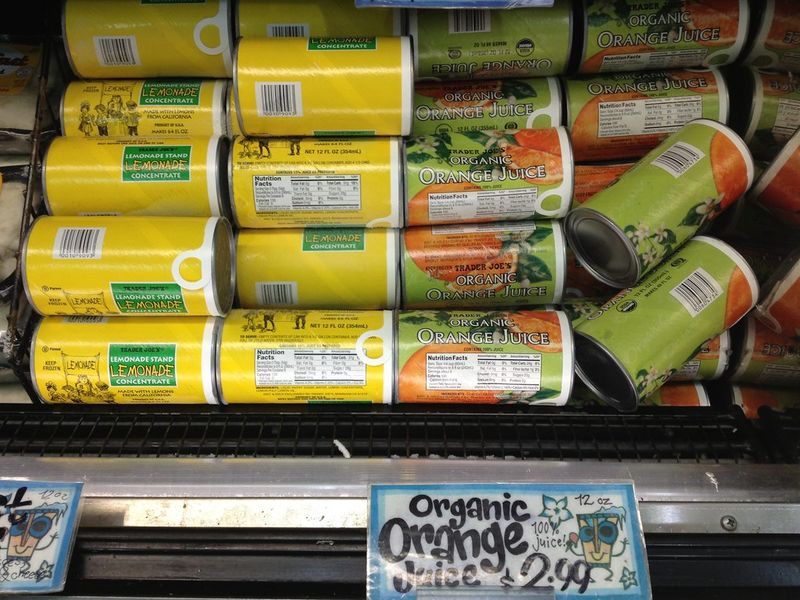
Pre-bagged smoothie blends may look like a convenient shortcut to healthy living, but the price is anything but efficient. These kits often contain small portions of fruit and veggies at a significant markup.
You’re better off buying frozen produce in bulk and mixing your own combinations. Not only do you save money, but you also get to tailor your smoothies to your preferences without paying extra for chopped kale and a few banana slices.
11. “Sale” Stickers Without Original Prices
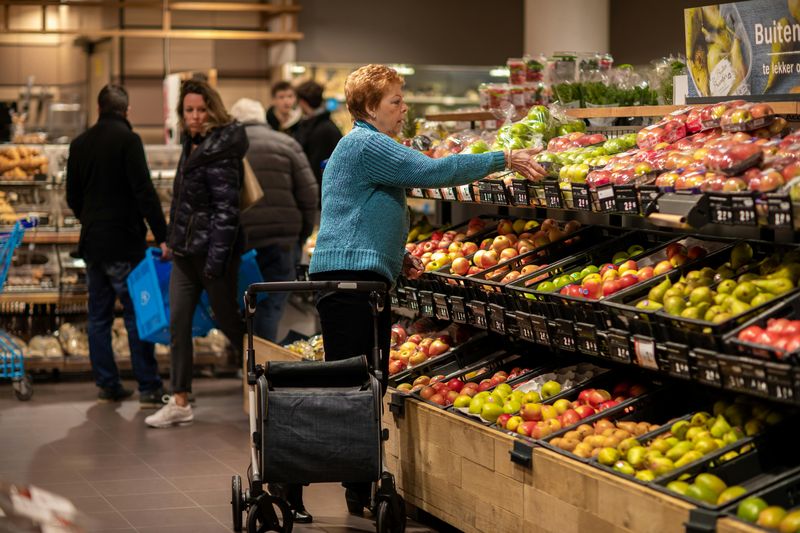
Seeing a bright red or yellow sale tag instantly makes us feel like we’re getting a bargain. But when there’s no original price to compare, it’s hard to tell if the discount is real.
Retailers use psychological tricks to make a product feel like a deal—even if it’s the normal price or only a few cents off. Always compare the unit price or use a price-checking app to make sure you’re not being duped.
12. Prepared Salads
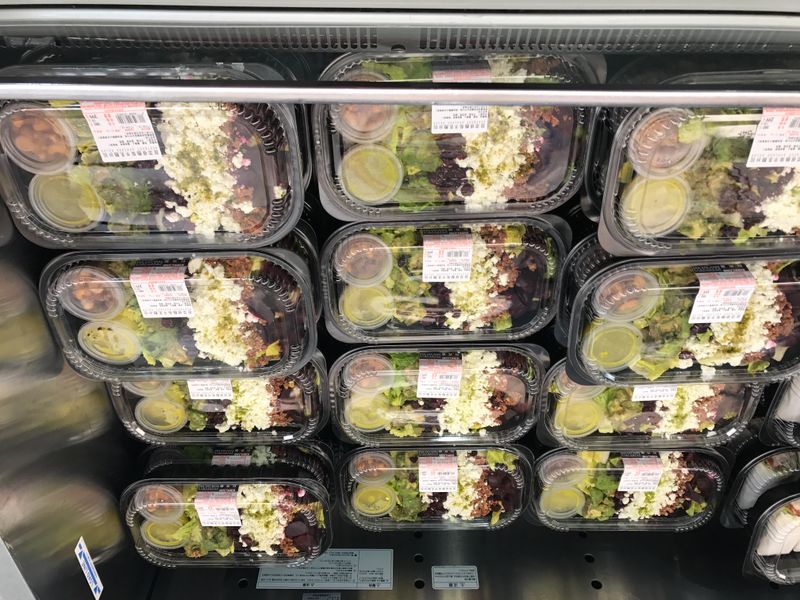
A pre-made Caesar or Cobb salad in a plastic container might seem like a healthy, quick lunch—but the cost per portion is usually sky-high. You’re essentially paying restaurant prices for a handful of lettuce and toppings.
What’s worse, these salads often contain preservatives or heavy dressings that cancel out their “healthy” label. Buying fresh ingredients and assembling your own salads at home will stretch your money and give you more control over portions and nutrition.
13. Pre-Grated or Shredded Cheese
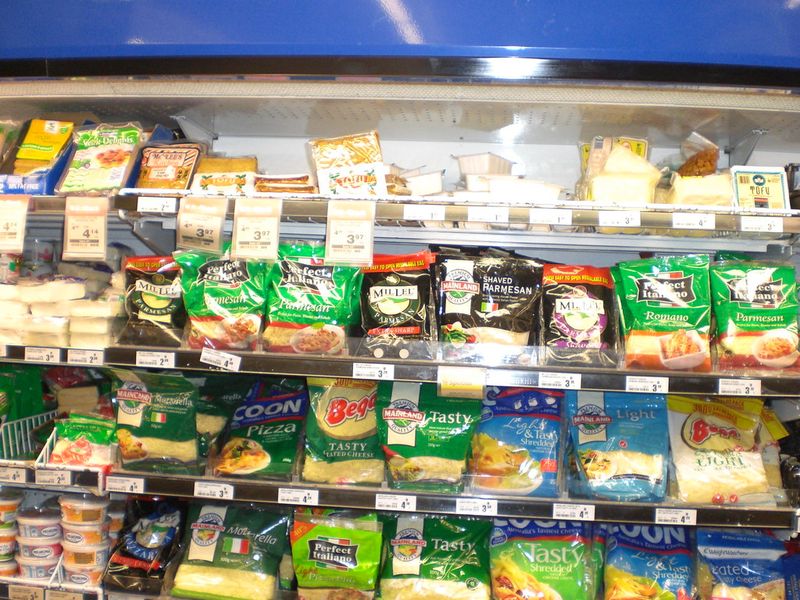
A bag of shredded cheese might be tempting when you’re short on time, but convenience comes with a price. These products are more expensive per ounce and often contain additives to prevent clumping.
Those anti-caking agents can affect the taste and how well the cheese melts. Buying cheese in blocks and shredding it yourself takes just a few minutes and gives you a better bang for your buck—and better quality too.
14. Individual Yogurt Cups
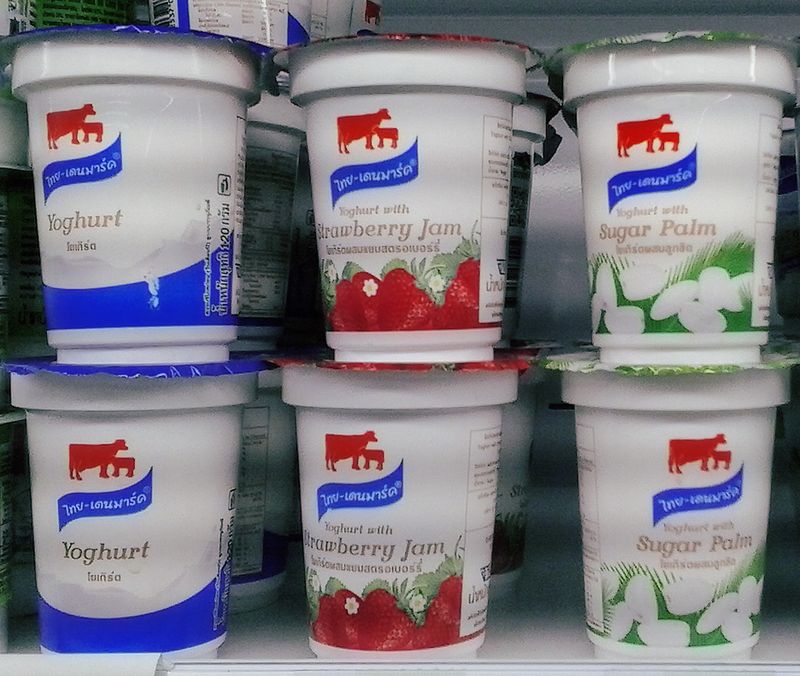
Stocking your fridge with tiny yogurt containers may seem practical, especially for busy mornings. But the per-ounce price is often double that of buying a large tub.
More packaging also means more waste. Opt for a larger container and portion it into smaller bowls or reusable jars. You’ll get more servings for your money and reduce your environmental footprint at the same time.
15. Brand-Name Pantry Staples
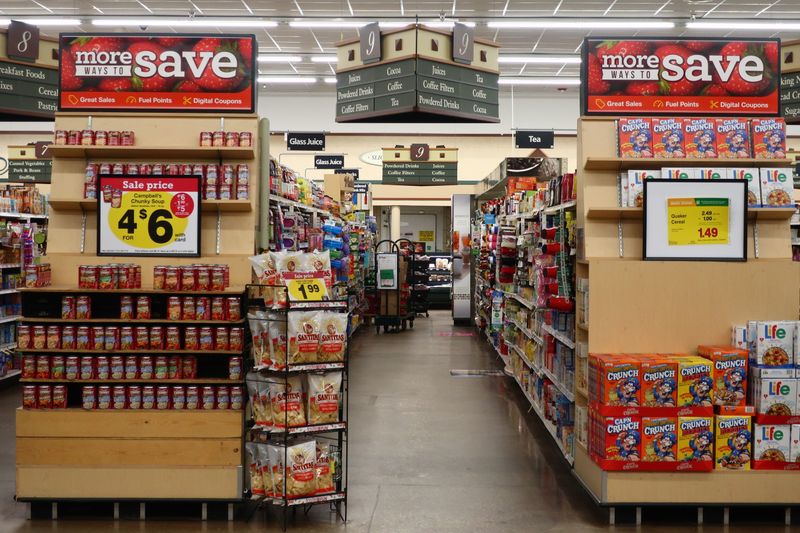
Paying extra for brand-name flour, sugar, salt, or baking soda is usually a waste. Generic versions are often produced in the same factories and meet the same standards.
The only real difference is the label—and the price. When it comes to basic pantry staples, store brands deliver the same results for a fraction of the cost. There’s no need to splurge on something you’ll mix into recipes anyway.
16. Exotic Produce Out of Season
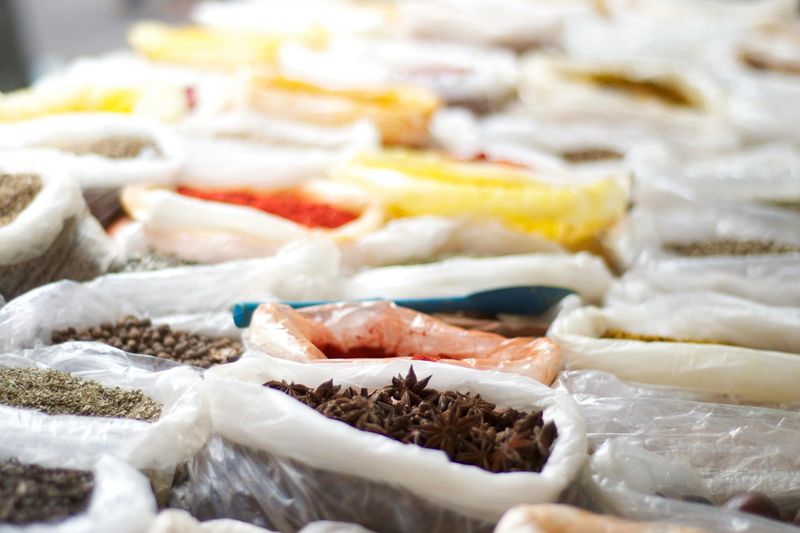
It’s exciting to see tropical fruits or rare vegetables on display, but out-of-season produce comes with a premium. Importing these items raises the price, and they often travel thousands of miles to reach your store.
By the time they hit the shelf, they may be underripe, bland, or even spoiled. Instead, shop locally and seasonally. You’ll save money and get fresher, better-tasting produce.

Comments
Loading…